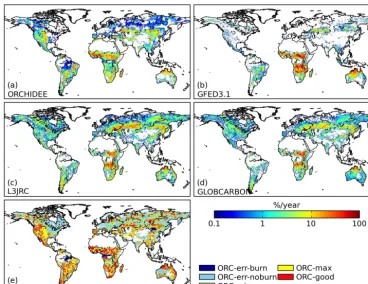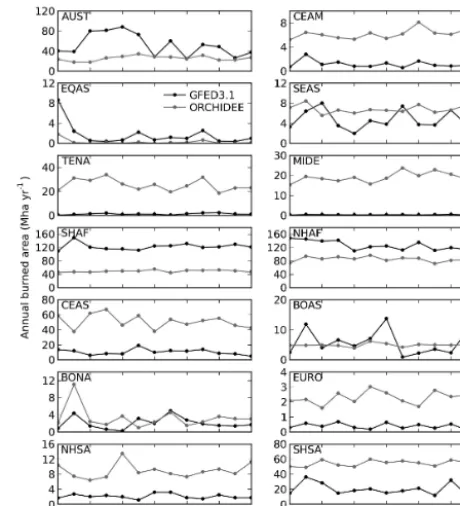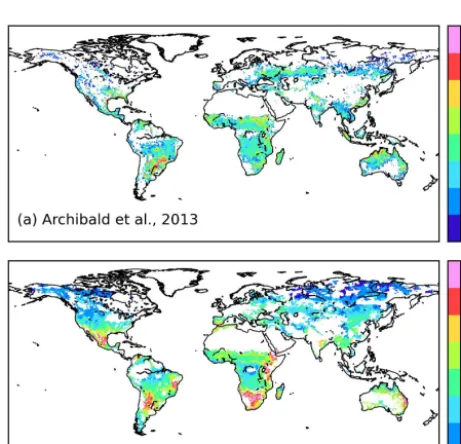Modelling the role of fires in the terrestrial carbon balance by incorporating SPITFIRE into the global vegetation model ORCHIDEE – Part 1: simulating historical global burned area and fire regimes
Full text
Figure




Related documents
To illustrate the generality of our methods, we show that our techniques lead to sample-optimal testers (and matching lower bounds) for testing properties of collections
The English policy community identified a number of specific facets of education in Hong Kong as explaining the strong performance in international tests: high
These tasks assess the information children possess which is relevant for word production, but also assess children’s general knowledge of the new words such as the
Kawasaki disease (KD) is the most common acquired cardiovascular disease in children in developed countries 1). This acute vasculitis, which affects primarily infants and
by using different weight sets, different preference co- efficients, different membership functions and different fuzzy operators indicate that the algorithm selection has a
In the second part of this study we investigated the rela- tionship between somatosensory amplification, somatosen- sory catastrophizing and physical symptoms by analyzing and
We conclude with how to mine voice recordings using keyword spotting, phonetic search, and other technology readily available today and discuss future voice recognition





